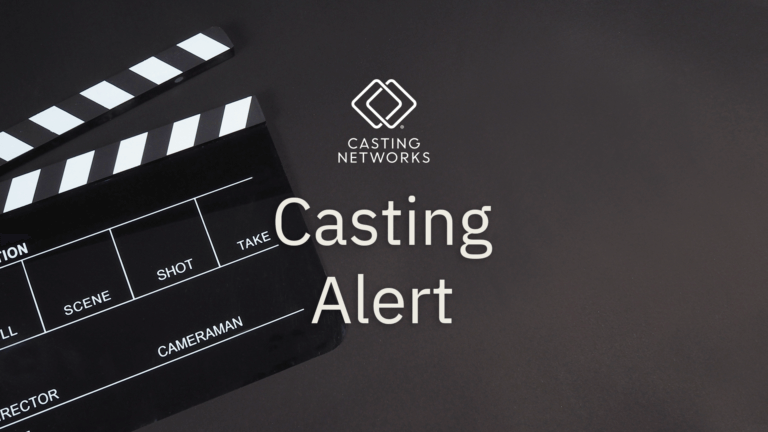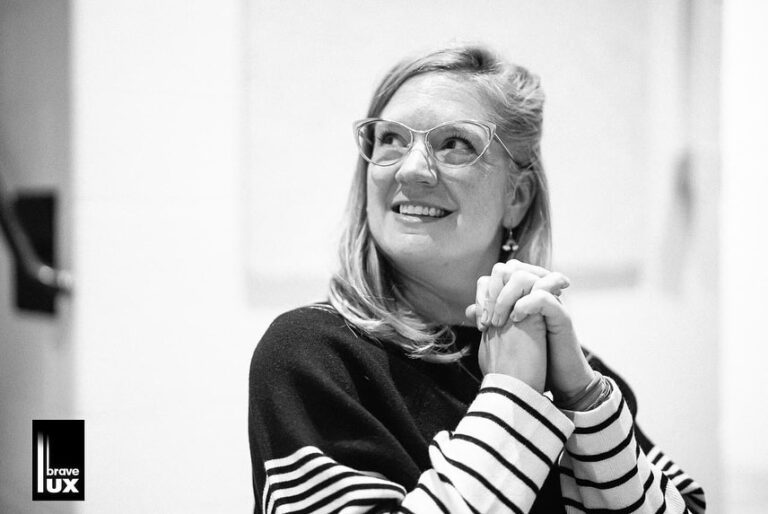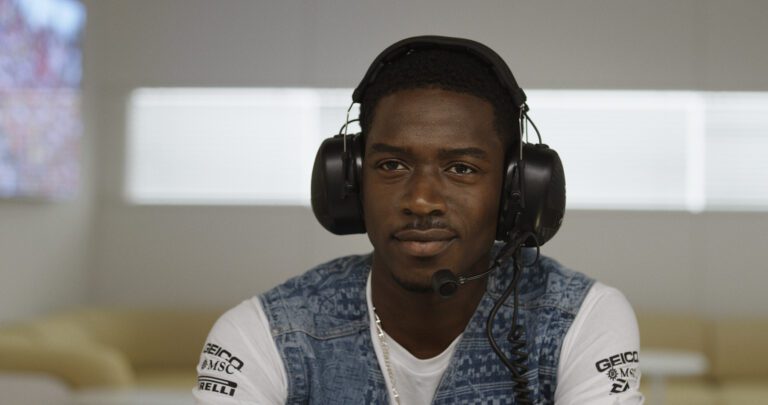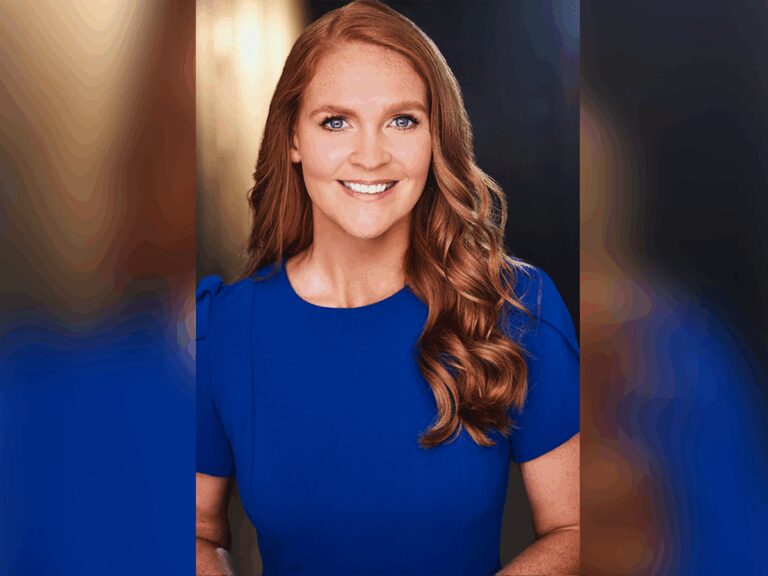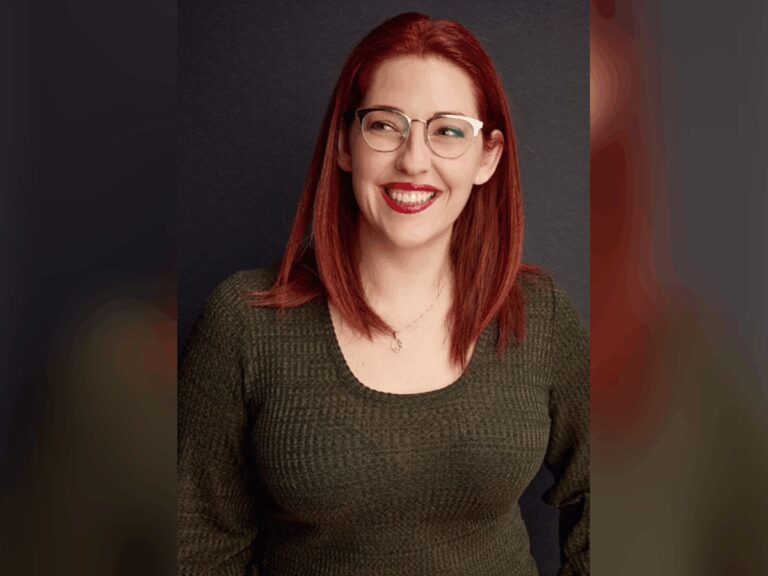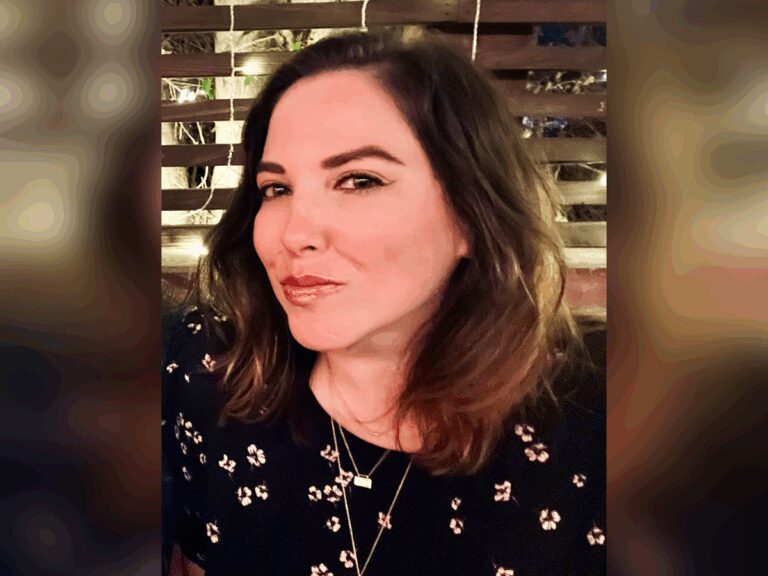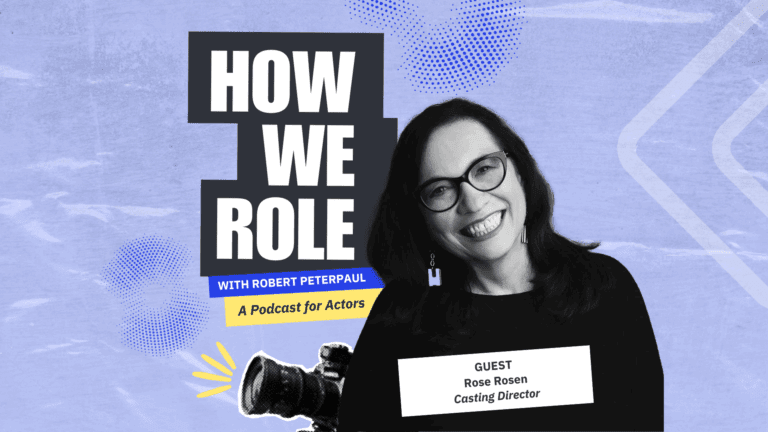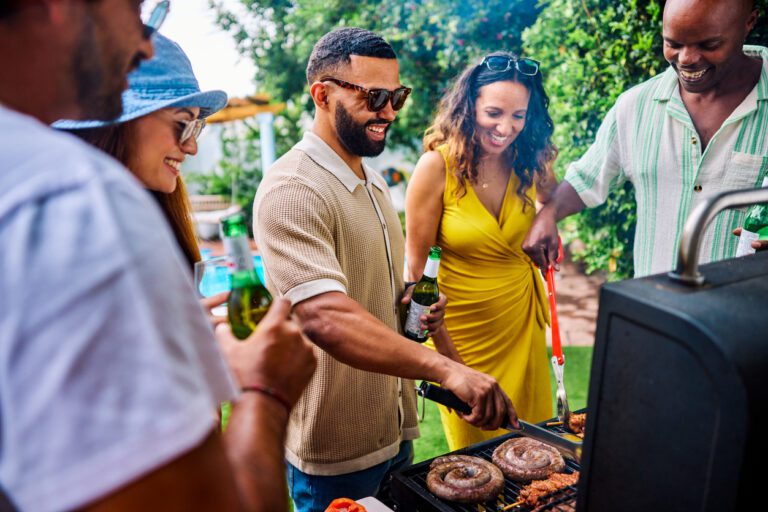At a recent event exclusive to Casting Networks Premium members, Casting Director and Mel and Liz Casting partner Melissa O’Neil shared a collection of insights and advice on a variety of topics. During the Q+A portion of the evening, O’Neil provided a glimpse at her process for casting commercials for her clients, her take on self tapes and more.
Here are some of the nuggets she was able to discuss.
What is your process for casting commercials?
It starts off with the client. Let’s say it’s Kraft. Maybe they want a new flavored mayonnaise. They go to their creatives at the ad agency and they’re like, “We want a new mayonnaise with garlic. What can we do?” The ad agency gets artwork on board and then starts picking directors that they want to work with.
Then the ad agency hires a director, which comes with a production team, and then the production and director hire me. I sit down with the director and the agency and we go over the boards. Then I prepare a casting call that says “Looking for great comedic actors, people who can riff, people who can improv” and whatever detail is specific to what I need. I put it out to the agents, giving them as much information as I can get.
All the agents send me their top people who they feel best represents [the call]. I go through all of those people and I bring in my cast or the people I feel that need to be scheduled and be seen for this role. You get the audition, you come in to see me and I usually put out the boards that kind of match what I was given to show you what’s happening in the commercial.
If there’s any dialogue, I send it out ahead of time so that you guys aren’t worried about the dialogue and you can come in and do your work because if you’re worried about the lines, you can’t act. All I see is you trying to get the lines out. Most people, when they get in the room, they don’t even want to be in the room. They just want to get out and say the lines, the way that they rehearse them in their car. They’re like, ”I’m out.”
Usually the first couple of people that I work with, we workshop the spot. The rest of the day we continue letting people bring their ideas to the commercial or what their take is on it. Then I send off the tapes.
What really happens during callbacks?
Usually it’s the director and the ad agency that are giving you the callbacks. A lot of people think it’s the casting director, and it could be because my director may say, “Mel, who do you think? If I miss someone, who do you think should be in that room?” That’s normally when I get called, but for the most part it’s the director and the ad agency. Then when we go to callbacks.
Now here’s the interesting part. What’s going on in the background is that the callback is pretty much a dress rehearsal for the shoot, and the director is probably meeting the client in person for the first time, meeting the ad agency. While you’re auditioning and you’re in the callback room, there’s a lot of things going on in the background.
You need to just put your attention on yourself and walk in with your point of view. Some people call it subtext, some people call it coming in and not being vanilla, having a choice. After the callback is over the time, sit around and with paint chips, we put up your pictures on the wall and then everyone comes up. The director’s like, “Hmm, well I loved her. I love that, I love this.” And they’ll get the whole board together. They’ll have on the top length, they will have the hero cast that they want to present and then a backup cast. Sometimes if they think their client is tricky, building a third tier [of actors].
For the most part it’s a hero and a backup per role. Well, here’s where things get interesting. You may be the director’s first choice, and then someone may come in with ”I think we need more diversity.” So then another round [or so] will go up until they finally cement everything. If you get an avail for your commercial that you audition for, you are in the top 1% of your business.
What are the odds of getting a role in one of your projects?
How many submissions do you think I get per role? Thousands. Do you know how many I bring in per role? 25 per role. Do you see the odds of getting that?
Here’s the great news. There’s room for everybody in commercials, which is why I love it. There is a massive cry for diversity, not only in race, but in sexual orientation, in gender identity, in all skin pigmentation, all shapes and sizes. And the cry today is for people who don’t look like actors so that they’re normal looking people that their clients can appreciate and relate to.
Now, the thing that is not in your control, but as part of you, you can’t separate it is your looks, right? The good news is that that trend of having a perfect scenario, they used to call it P&G, Proctor and Gamble, that kind of look is gone and it is tattoos, it’s piercings, it’s all the things that before would hinder you. And now it could be to your surface, all different hairstyles, cuts, what have you. That is my process.
There’s no way I’m looking at everyone the same way. I’m looking specifically for what the client is asking me for on this project. There’s no, “How can I be right? What makes me right?” You make you right. You make it who I’m looking for, depending on the job. One of the biggest things that I wanted to talk about is there is no set rule, it’s per project base. And that goes probably for every casting director, not just myself. Because we are given the breakdown of what the client’s needs are. What is fitting into that niche at that moment?
What’s some advice you can give for actors when it comes to auditions?
Be ready. This is the thing, when you come in, we’re asking you to play. We’re asking you to take a leap. These are the circumstances of the role. How would you do it? Be yourself. Be your authentic self. It’s so funny, the minute I get “spokesman,” everyone’s talking like this and this is the new deal and this is the thing, when you just need to be like, “Hey, I found this. It works for me. I think it’ll work for you.” We want to get to the human being part. What are you bringing? What’s your personality? What are you bringing to life, right? So I’m looking for you. I definitely think it never hurts to, if you have dialogue, have it memorized so you can play, be on time, be professional.
What are your thoughts on self tape auditions?
The world of Zoom and self tapes have really changed the game. And I’m going to tell you some of the struggles on my end. I think there’s great benefits for both. The benefit for you coming in is I get to see you, I get to work with you, we get to workshop it and I get to give you instant feedback or my session runner gets to give you instant feedback. Sometimes when I get self tapes, this is what happens. You send me the wrong audition, you forget your slate, you film in portrait mode and I can barely see you.
Say you actually want to give this time and don’t audition in your car when I need to see you up and walking. People just tape in their cars. I asked for business attire. This guy was in his bathrobe. What do you do about that? I can’t call all the people back and say, “Hey, can you retape?” And so that’s in your hands to follow the instructions that your casting director gives you carefully. And most people are really pretty thorough about what they want to see.
Casting directors use Casting Networks every day to discover people like you. Sign up or log in today to get one step closer to your next role.
You may also like:



